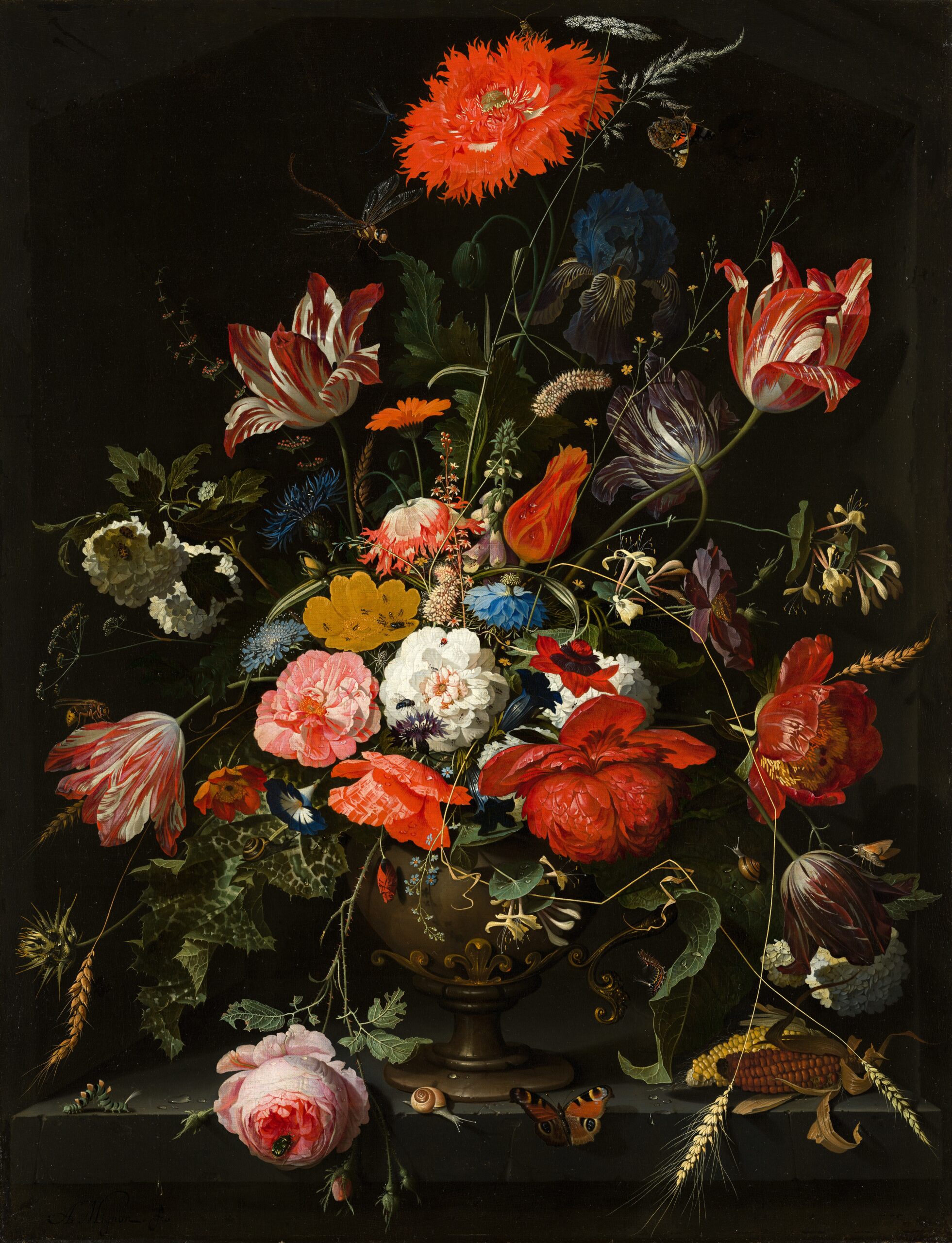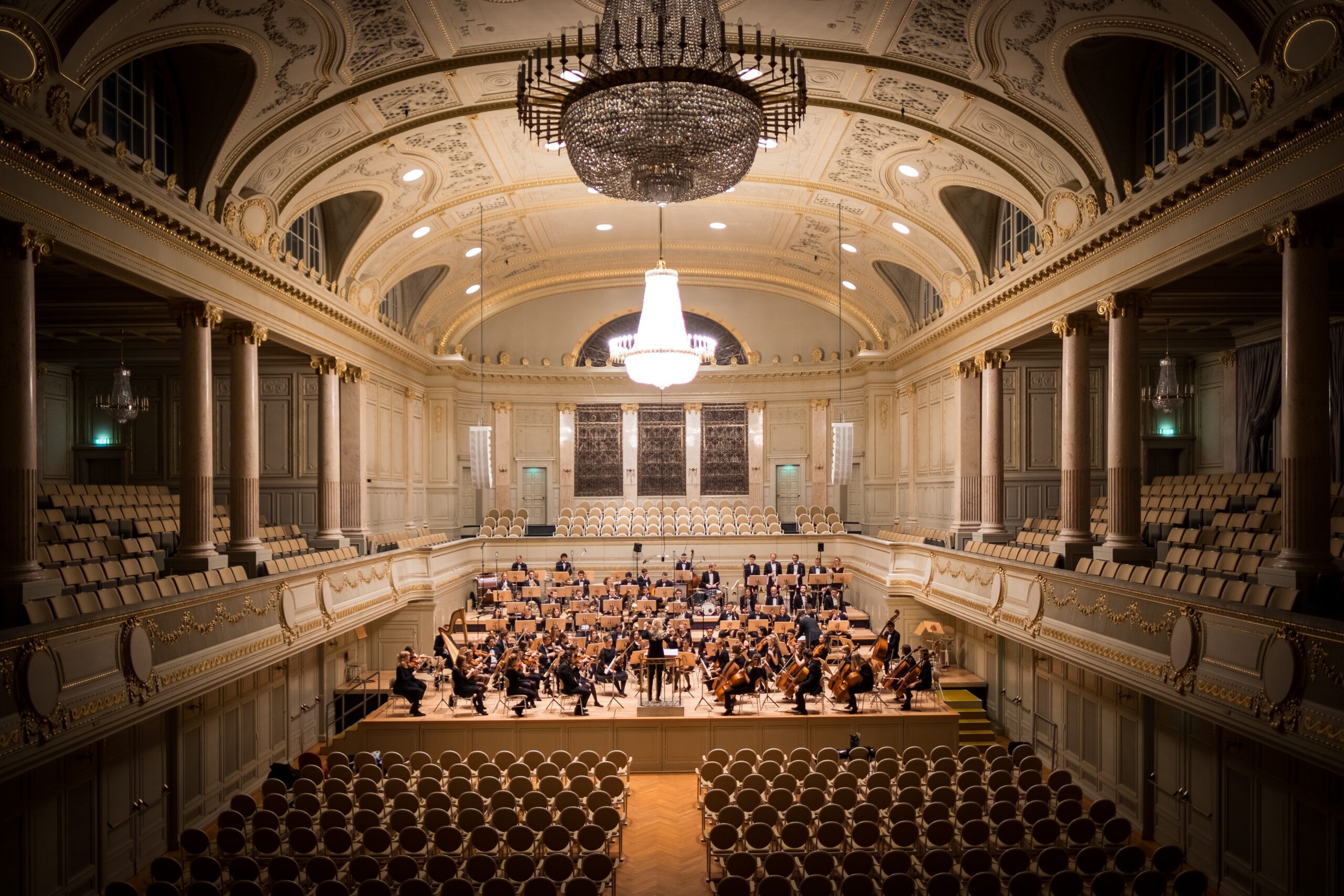In the grand tapestry of our existence, we often find solace, comfort, and perspective through artistic measures. Art and music, often regarded as the universal languages of the human experience, beautifully intersect our everyday realities with subliminal messages and existential themes. They act as mirrors reflecting our fears, hopes, struggles, triumphs, and everything else in between, while also providing a platform to explore the vast expanse of human consciousness. Together, art and music invite us on a journey to question, understand, and find meaning in our lives.
“Art and music are the vessels through which we explore, document, and express our human experience.”
Through this article, we will dive deep into the profound connection between art, music, and the human experience – buffeted by the winds of existentialism. It will serve as a guide, offering thought-provoking insights into how artistic expression can illuminate the path as we navigate the labyrinth of life’s complexities. Engage yourself in this enlightening exploration, and perhaps you’ll find it encouraging to embrace the transformative power of creativity to face your own struggles…
In the depths of our souls, we embark on a perpetual quest for meaning, a relentless pursuit that often leads us to the realms of art and music. In the vast expanse of existence, we find ourselves entangled in an enigmatic dance, grappling with the profound questions that define our purpose and essence.
Art, with its myriad forms and expressions, becomes a gateway to unraveling the mysteries that lie within. It speaks a language that transcends words, allowing us to delve into the depths of our being. Brushstrokes on a canvas, the graceful movements of a dancer, or the haunting melody of a symphony, all possess the power to ignite a spark of understanding, to illuminate the shadows of our existence.
Art enables us to find ourselves and lose ourselves at the same time.
Thomas Merton

Music, in its ethereal melodies and harmonies, carries us on a journey beyond the confines of time and space. It resonates with the very essence of our being, stirring emotions that words fail to capture. From the melancholic strains of a violin to the pulsating rhythms of a drum, music becomes the vessel through which we navigate the labyrinth of our own souls.
Without music, life would be a mistake.
Friedrich Nietzsche
Yet, within this pursuit of meaning, we encounter the paradoxical nature of our existence. The very act of seeking meaning can sometimes leave us feeling adrift, lost in a sea of uncertainty. We grapple with the realization that perhaps the answers we seek are not concrete, but rather fluid and ever-evolving.
As we navigate this existential struggle, we come to understand that the true beauty lies not in finding definitive answers, but in embracing the uncertainty. It is in the exploration, the contemplation, and the creation that we find solace. Through art and music, we are reminded that the journey itself is the destination, and that the enigma of existence is what makes life worth living.
How does art reflect existential themes?
Contemporary artists and musicians often address existential themes in their work by exploring the human condition, the meaning of life, and the nature of reality. For instance, visual artist Marina Abramović’s performance art often delves into the themes of pain, endurance, and the limits of the body, challenging viewers to confront their own mortality and the transient nature of life.
Musically, bands like Radiohead and solo artists like Sufjan Stevens have used their lyrics and melodies to grapple with existential dread, loneliness, and the search for meaning. Radiohead’s ‘OK Computer’ album, for example, explores themes of alienation and the dehumanizing effects of technology, while Stevens’ ‘Carrie & Lowell’ album is a deeply personal exploration of grief, loss, and the struggle to find meaning in suffering.
Artists like Yayoi Kusama and Damien Hirst also address existential themes in their work. Kusama’s immersive installations often explore themes of infinity and self-obliteration, inviting viewers to lose themselves in the vastness of the universe, while Hirst’s installations and sculptures often confront viewers with the reality of death and the fleeting nature of life.
Lastly, in the world of literature, authors like Haruki Murakami and Margaret Atwood explore existential themes through their narratives. Murakami’s novels often delve into themes of loneliness, alienation, and the search for meaning in a chaotic world, while Atwood’s speculative fiction often explores the human struggle for survival and the ethical implications of scientific and technological advancement.
How can we interpret existential messages in art and music?
Interpreting and finding personal meaning in art and music is a deeply personal and subjective process. One method individuals can use is introspection. This involves looking inward and reflecting on one’s own thoughts, feelings, and experiences. By doing so, individuals can draw connections between the art or music and their own life, thereby finding personal meaning.
Another method is through contextual analysis. This involves understanding the historical, cultural, and social context in which the art or music was created. By understanding the circumstances surrounding the creation of the work, individuals can gain a deeper understanding of its intended meaning and relate it to their own experiences.
Engaging in dialogue is another effective method. This can involve discussing the art or music with others, whether they are friends, family, or members of a community. Through these conversations, individuals can gain new perspectives and insights, helping them to find personal meaning.
Individuals can also use critical thinking to interpret art and music. This involves analyzing the elements of the work, such as its composition, technique, and style. By critically examining these elements, individuals can gain a deeper understanding of the work and find personal meaning.
Lastly, emotional resonance is a powerful method for finding personal meaning in art and music. This involves allowing oneself to feel and respond emotionally to the work. By connecting with the work on an emotional level, individuals can find personal meaning that resonates with their own feelings and experiences.
Art is the lie that enables us to realize the truth.
Pablo Picasso


